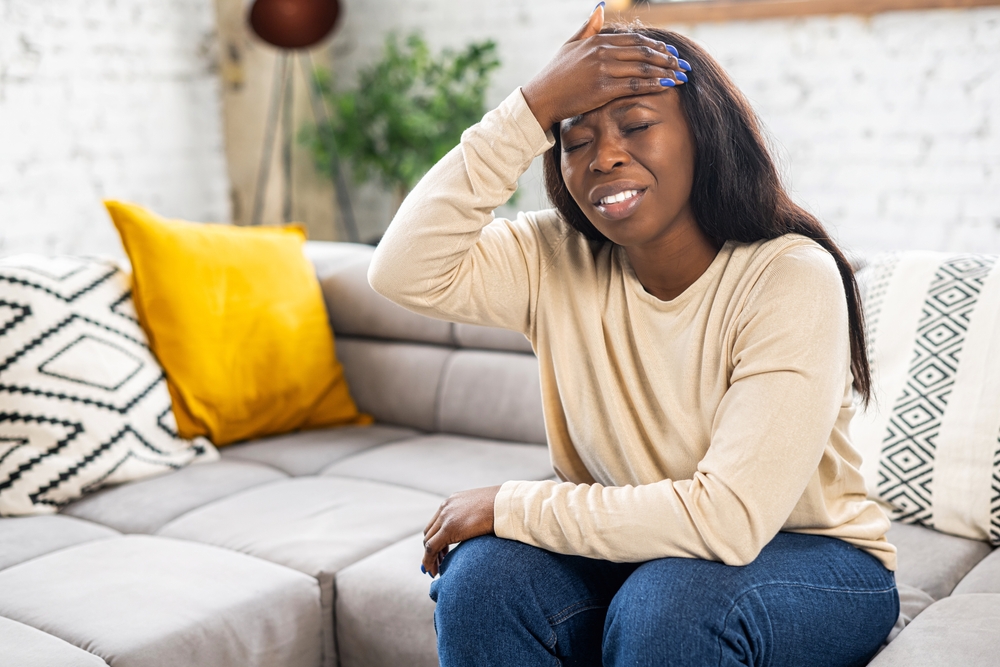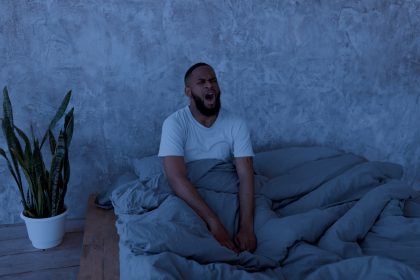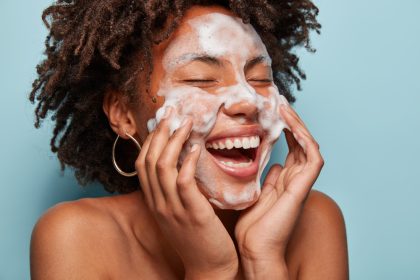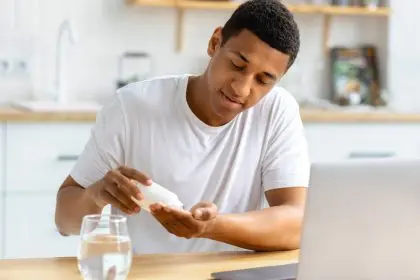Facial and body puffiness, a common issue for many individuals, not only affects appearance but can also cause discomfort. Understanding the science behind fluid retention and utilizing effective remedies can provide immediate relief while addressing the underlying causes. Recent research highlights natural solutions that offer both quick results and long-term benefits. By exploring these solutions, individuals can better manage puffiness and improve overall well-being.
Understanding fluid retention mechanisms
Body puffiness, medically known as edema, occurs when excess fluid accumulates in the body’s tissues. This condition can result from various factors, including dietary choices, lifestyle habits, and the body’s physiological responses. Understanding the mechanisms behind fluid retention is essential in determining the most effective ways to address the issue.
Recent studies show that fluid retention patterns fluctuate throughout the day and are influenced by several factors:
- Hormonal fluctuations affect water balance, with changes in hormone levels potentially causing the body to retain more fluid.
- Circulatory system efficiency plays a role in how effectively the body moves fluid through its tissues.
- Lymphatic system function is crucial in fluid removal, and any issues with the lymphatic system can result in more fluid buildup.
- Cellular fluid regulation can also impact how much fluid accumulates in tissues.
By understanding these factors, individuals can better target specific solutions to reduce puffiness.
Hydration optimization strategy
One of the most effective ways to reduce puffiness is optimizing hydration. Proper hydration helps regulate fluid balance, preventing the body from retaining excess water. Maintaining an appropriate fluid balance is essential for reducing puffiness.
Daily hydration protocol includes several strategies that can be easily incorporated into daily routines:
- Morning hydration jumpstart: Start the day by drinking a glass of water to rehydrate the body after hours of sleep.
- Consistent water intake: Throughout the day ensures hydration levels stay balanced, preventing fluid retention.
- Strategic pre-meal hydration: Drinking water before meals can help prevent overeating and ensure proper digestion.
- Evening hydration adjustment: Reducing water intake before bed can minimize fluid retention overnight.
Implementation techniques include using scheduled reminders to track water intake, incorporating water-rich foods such as fruits and vegetables, and maintaining electrolyte balance with a healthy diet.
Sodium reduction approach
Managing sodium intake is a key factor in reducing fluid retention. Sodium causes the body to hold on to excess fluid, leading to puffiness. By making dietary changes and reducing sodium intake, individuals can significantly impact their fluid balance.
- Dietary modifications include focusing on whole foods, using natural seasonings like herbs and spices, and reducing processed food consumption.
- Practical implementation strategies can be adjusted by gradually adapting to less salty foods, exploring new seasonings, and cooking more meals at home.
- Opting for healthier cooking techniques and reading labels to avoid high-sodium ingredients also aids in managing sodium levels.
Sleep quality enhancement
Quality sleep is essential for overall health and directly affects fluid distribution in the body. A good night’s sleep supports the body’s natural processes, including fluid regulation, and reduces the likelihood of puffiness.
Sleep optimization involves establishing a consistent sleep schedule and creating an environment that promotes rest. Reducing electronic device use before bed, adjusting the bedroom temperature, and ensuring the room is quiet can enhance sleep quality.
Implementation strategies include managing electronic use, practicing relaxation techniques before bedtime, and tracking sleep patterns for improvement. Elevating the head while sleeping can also reduce fluid accumulation in the face.
Cold therapy application
Cold therapy provides immediate relief from puffiness, particularly in the face. The cold temperature helps constrict blood vessels and reduce inflammation, which in turn reduces puffiness.
Application methods include using targeted cold compresses, ice rollers, cool stone therapy, or temperature-controlled facial tools.
Implementation protocol suggests using cold therapy in the morning to reduce overnight puffiness. Adjusting the pressure, duration, and frequency of application can ensure effective results without causing irritation to the skin.
Long-term prevention strategies
While immediate relief from puffiness is important, long-term prevention strategies are essential for managing fluid retention over time. Maintaining a healthy lifestyle and paying attention to environmental and personal factors can help minimize the recurrence of puffiness.
Lifestyle modifications include a balanced diet, stress management techniques, improving posture, and creating an environment conducive to healthy living. Regular physical activity is also crucial for improving circulation and promoting lymphatic drainage.
Maintenance protocols involve consistently assessing progress, adjusting strategies as necessary, and incorporating healthy habits into daily routines. Tracking changes in fluid retention and continuing preventative measures will ensure long-lasting results.
By maintaining a proactive approach to puffiness, individuals can continue to enjoy the benefits of reduced swelling and overall wellness.
Advanced considerations
For enhanced results, additional strategies can be incorporated into a puffiness-reduction plan. These may include environmental influences such as temperature regulation, humidity control, and allergen reduction to support the body’s natural fluid balance.
Supplementary techniques such as facial massage, lymphatic drainage exercises, breathing techniques, and stress reduction practices can further enhance the body’s ability to regulate fluid retention.
Incorporating these practices into a daily routine will support the body’s natural processes while offering relief from puffiness. Consistent application of these techniques can help individuals achieve lasting results and maintain overall health.
By understanding the science behind puffiness and using natural remedies, individuals can manage and reduce fluid retention effectively. Through hydration, diet, sleep quality, and strategic therapies, puffiness can be addressed both immediately and in the long term, promoting wellness and comfort.















